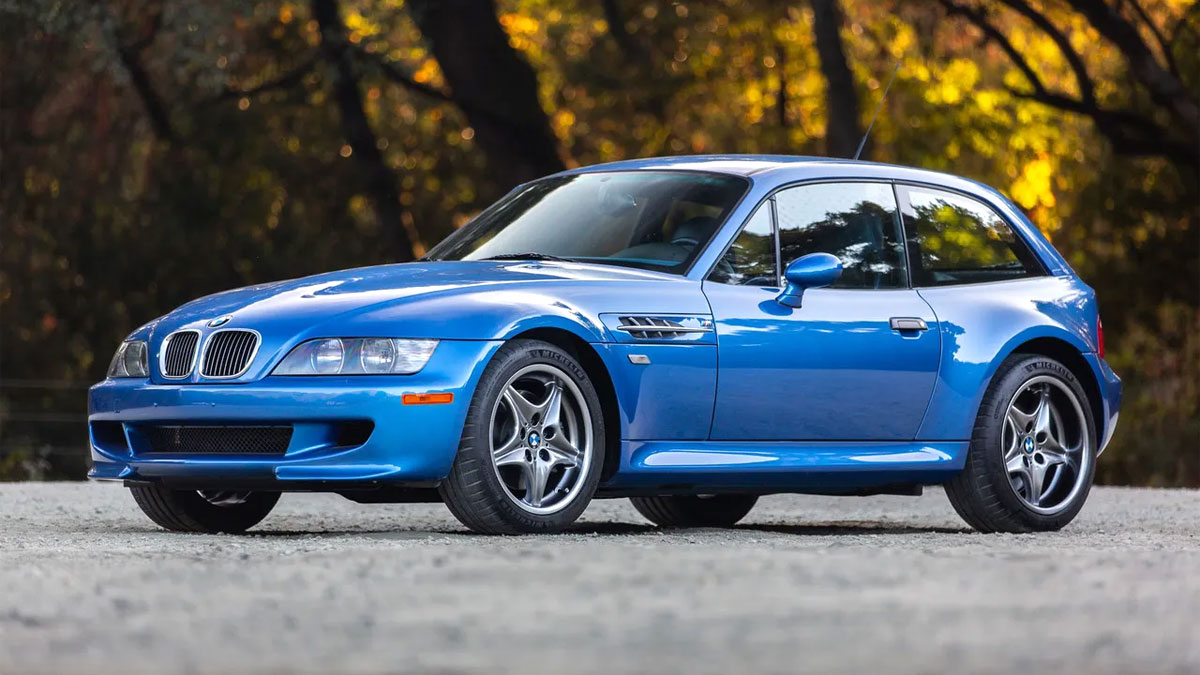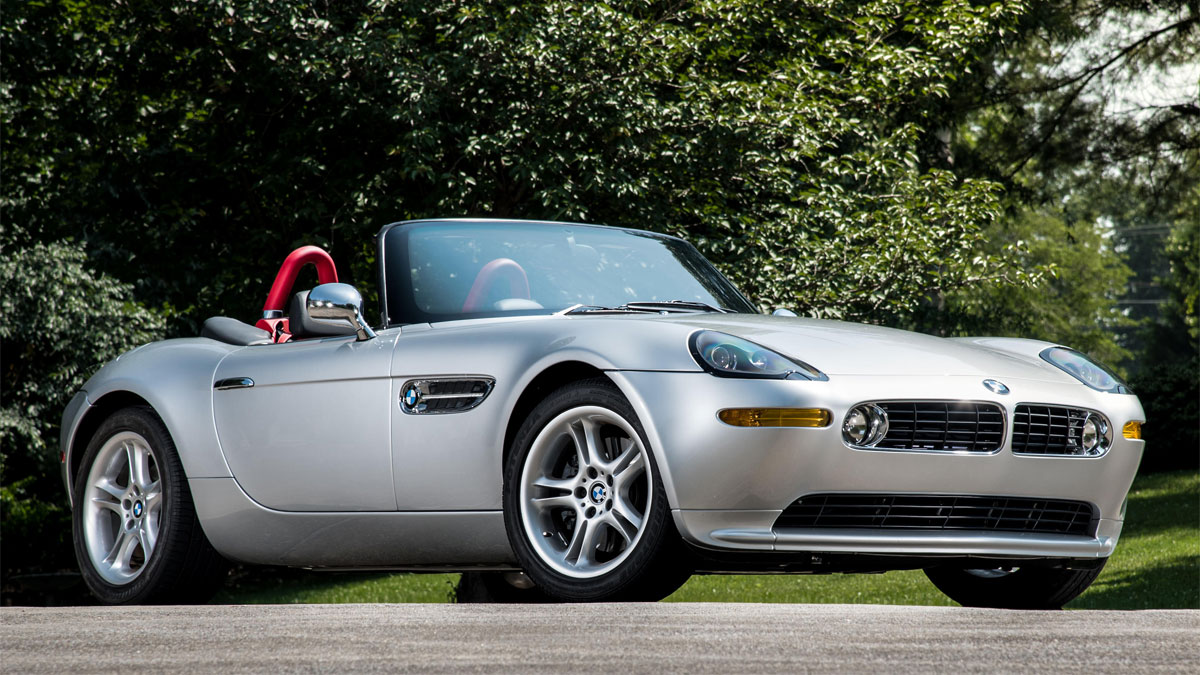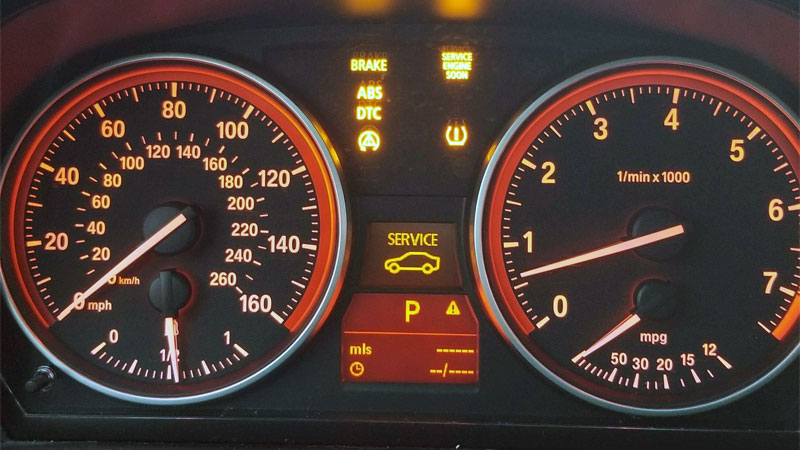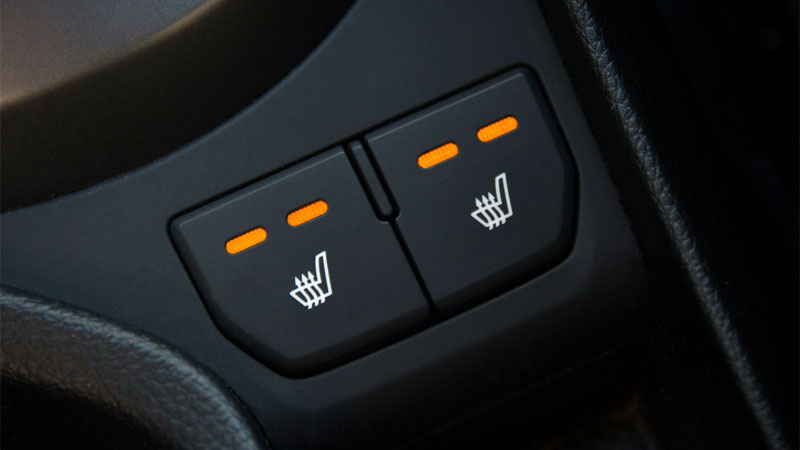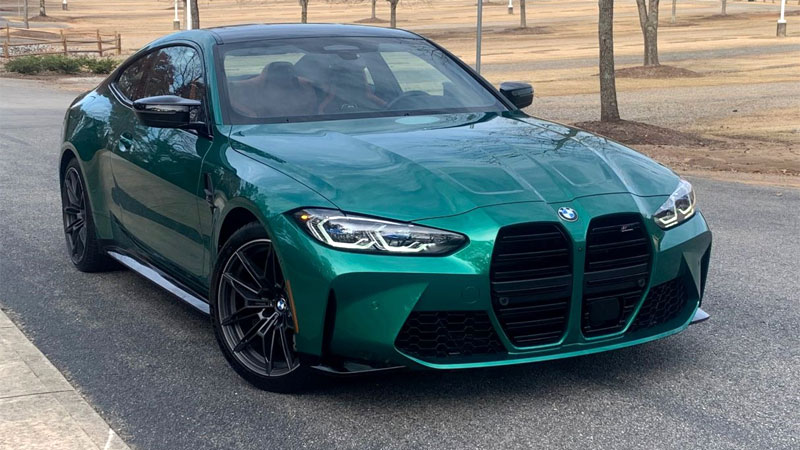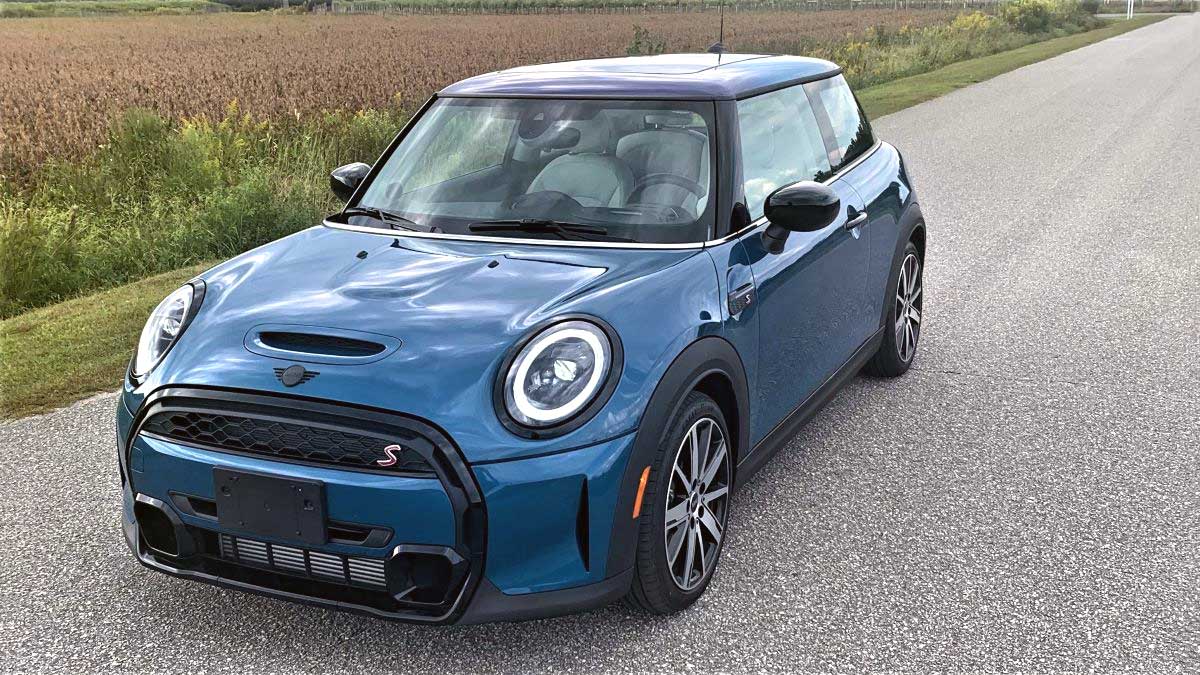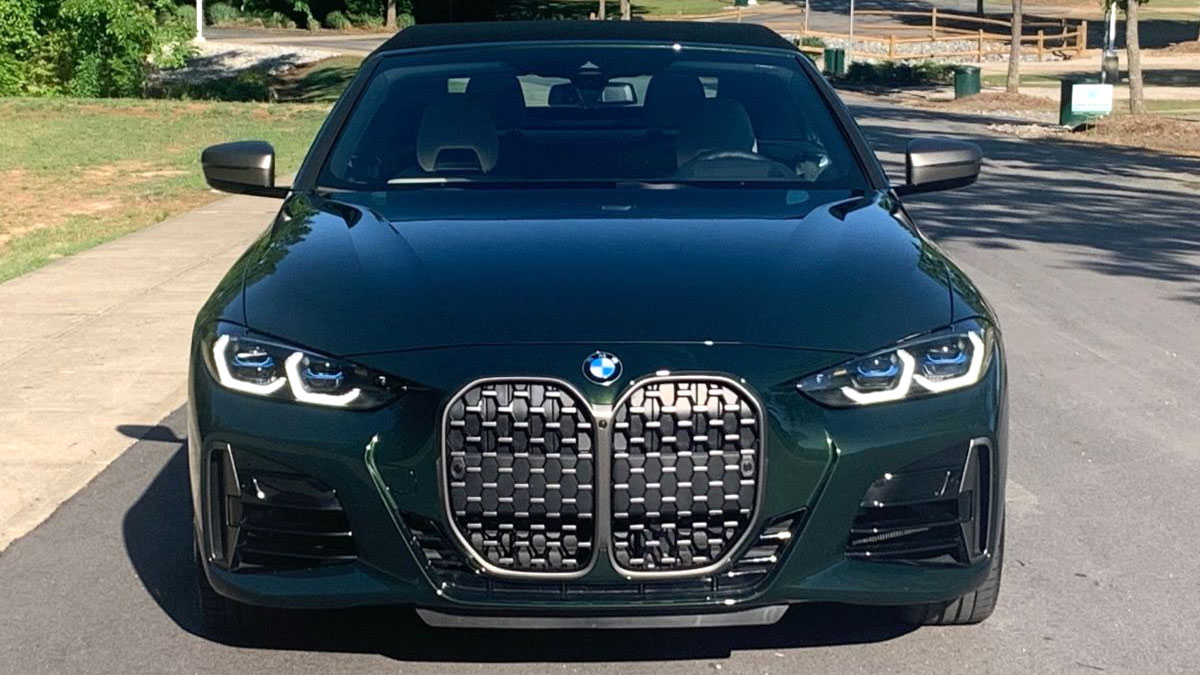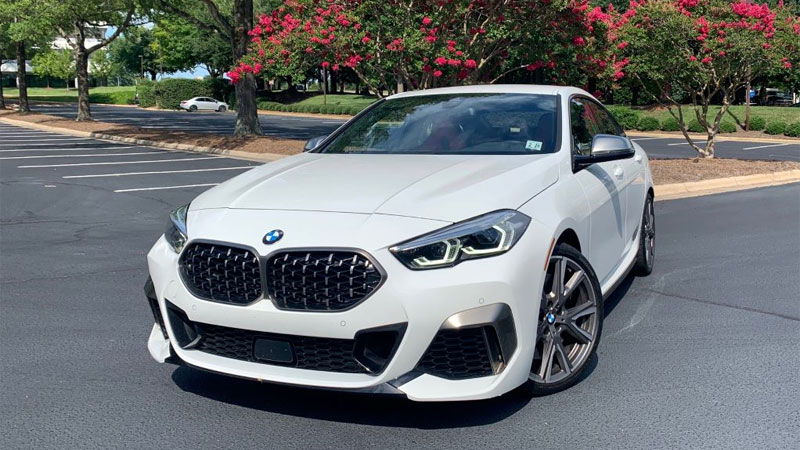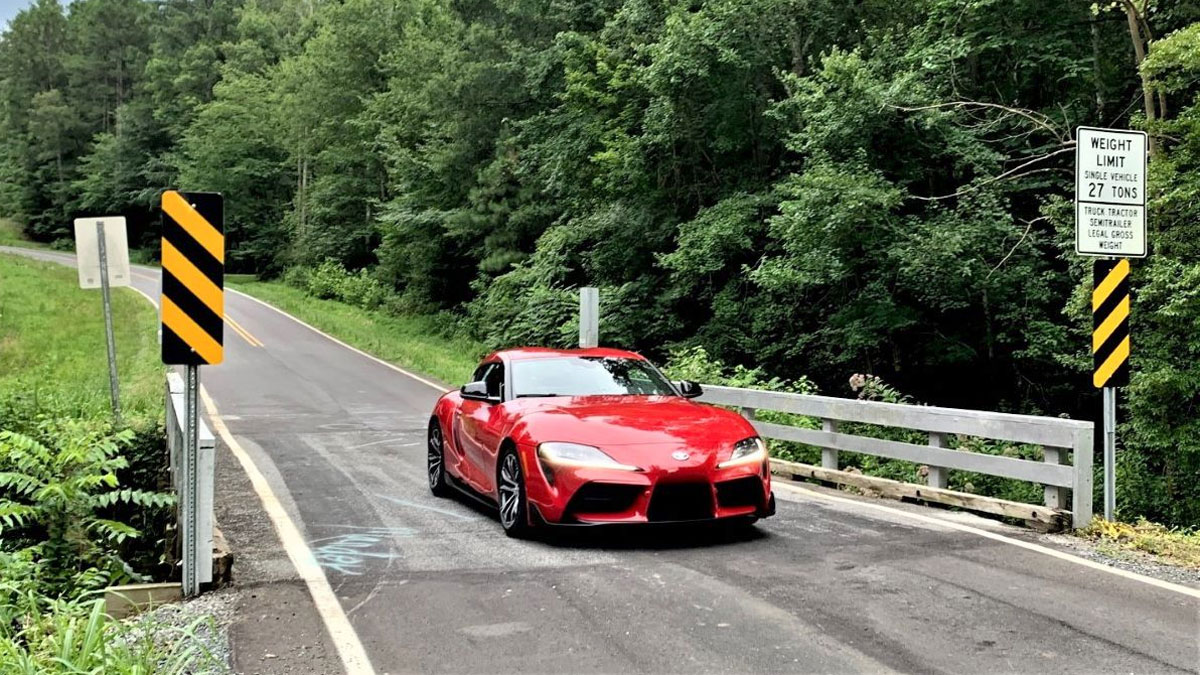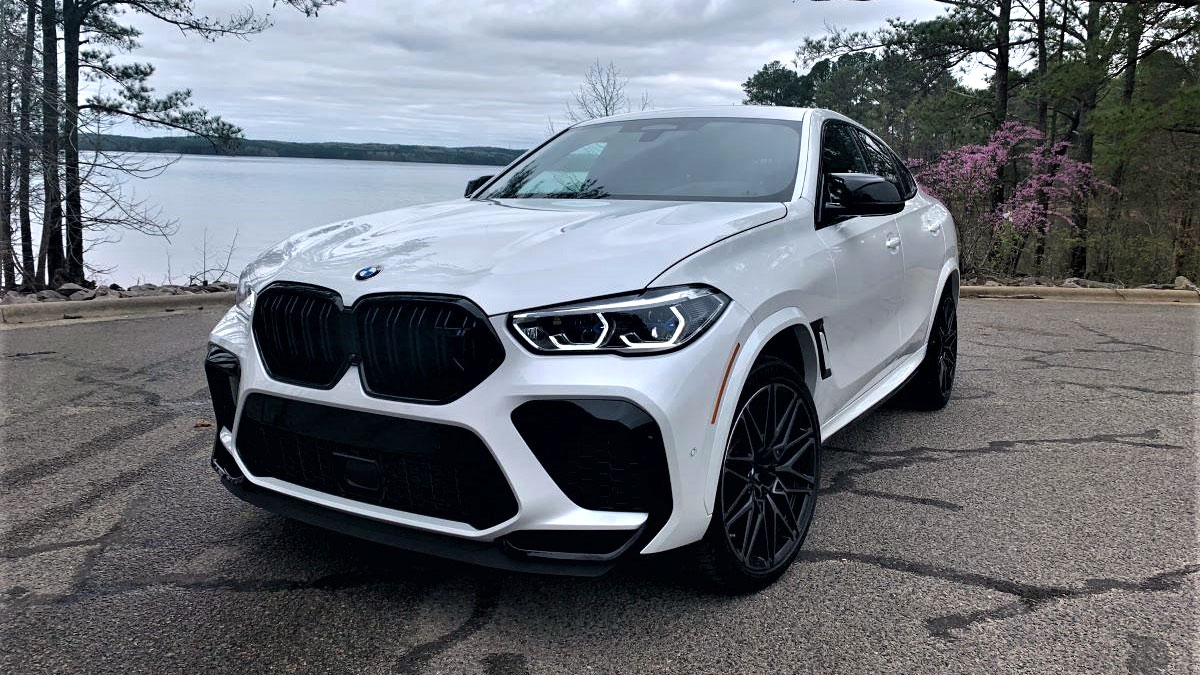The History of the BMW M Coupe (the “Clown Shoe”)
In the late 1990s, BMW’s M division, known for creating high-performance versions of the brand’s vehicles, started a project that would ultimately result in one of the most unique sports cars of its time: the BMW M Coupe. Born from the desire to combine the agility of a roadster with … Read more

